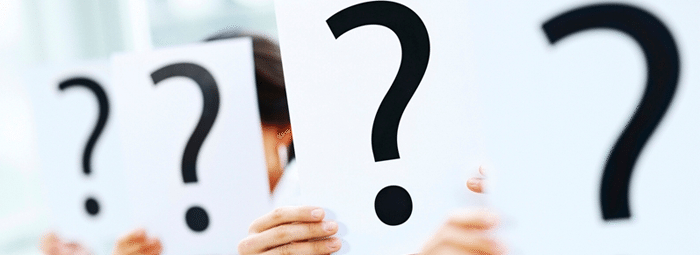New Study on Pricing
"We have known for a long time that people’s perceptions are affected by marketing, but now we know that the brain itself is modulated by price," said Baba Shiv, a professor at the Stanford Graduate School of Business referring to a recent study. Although many studies have looked at how marketing affects behavior, this is the first to show that it has a direct effect on your brain.
In the study, while the subjects’ brain activity was being monitored, they were given wine to taste. Some were told the wine was very expensive and some were told it was inexpensive – but it was exactly the same wine tasted by all. The monitored brain activity of the subjects who were told the wine was expensive showed significant increases in the part of the brain that registers pleasure – the medial orbitofrontal cortex.
Perceptions Trigger Brain Activity
This study shows that perceptions of quality trigger activity in the part of the brain that registers pleasure. Conversely, if a product or service is perceived as being of low value (even if in reality it is of high value), your brain will respond as if it was of low value.
The Dangers of Discounting
This finding directly impacts your pricing strategy. Many business owners are tempted to discount their prices in order to increase sales. This study suggests that if discounting causes the product or service to be perceived as less valuable, it will have a negative impact on the prospects’ brains, which will result in fewer sales, not more.
In addition, keep in mind that discounting damages your profit margin to a greater degree than the amount of the discount. For example, if your profit margin is, say 20%, and you discount your price by 10%, you have actually reduced your profit margin by a much larger 50%! (Discounts are usually applied to the gross price, not to the net profit, so a 10% discount shaves half off a 20% profit margin.)
Price Increases and Your Bottom Line
What if instead of discounting you increased your prices by 10%? Would prospects consider your product or service to be more valuable? If so, their brains would respond positively according to this study.
Sure, you might lose a few customers if you increase your prices. However, this might be the more effective pricing strategy overall. Remember that you can often greatly increase your profit margin by just a 10% increase in price! (A 10% price increase would boost a 20% profit margin to 30%!)
So even if you did lose a few customers by increasing your prices, you could well end up with more net profit overall due to the increased profit margin. Additionally, your customers will experience more pleasure because they perceive an increase in value. And happy customers are usually repeat customers.
Pricing Strategy
According to professor Shiv, "Marketers are now going to think twice about reducing the price. If an experience is pleasurable, the brain will use it to help guide future choices.”
I strongly encourage you to think twice before giving in to the temptation to discount your prices in an attempt to juice sales, and instead to seriously explore potential opportunities to increase your prices and perceived value.






